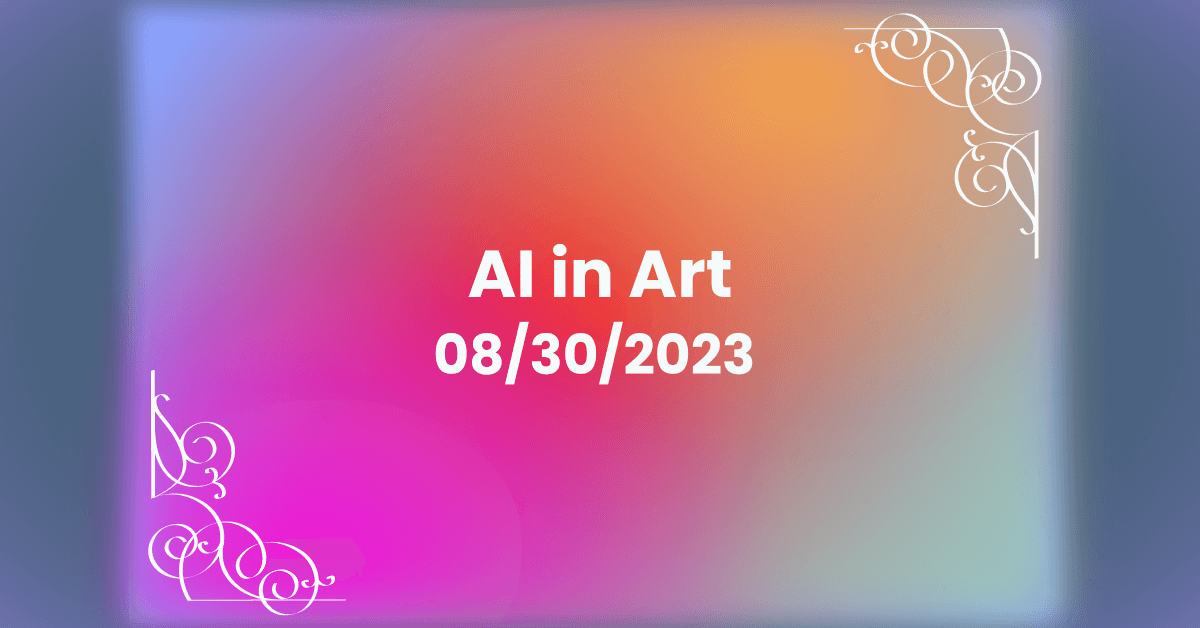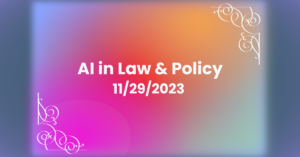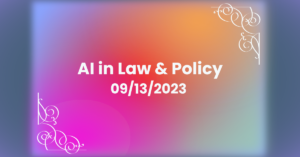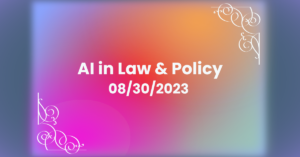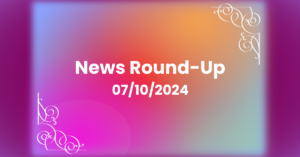Raising Concerns About the Partnership of AI and Art
The partnership of artificial intelligence and art has begun to raise concerns about whether or not AI is propagating a narrowed view of art history. Studies show that AI image generators have amplified racial and gender biases, especially when trained on skewed data. The over-reliance on scraped internet images has been found to favor Western sources overall, leading to a dominance of Western archetypes in AI-generated art.
To counter these concerns, artists like Linda Dounia Rebeiz deliberately incorporate AI to ensure diverse representation. Deeper collaborations between creators and cultural institutions could enrich AI datasets, so hope is far from lost. As AI evolves, curators, historians, artists, and journalists are going to be obligated to curate specific data to counter biases and ensure diverse narratives going forward.
On another front, ClownVamp, an anonymous gay AI-assisted artist, has created a fictitious Impressionist master to address the absence of queer representation in art history. By blending AI with historical and queer art, ClownVamp is proactively driving to challenge societal constructs and expand art narratives.
The convergence of art and artificial intelligence has also brought forth Mario Klingemann’s AI-powered robotic dog, A.I.C.C.A.— Klingemann, an artist intrigued by machine intelligence, created A.I.C.C.A. as a counterbalance to the overwhelming volume of AI art. The dog, trained on visual art and writing, evaluates artworks, generates concise critiques using OpenAI’s GPT model, and prints them on thermal receipt paper, issuing them through its posterior. While not intended to replace human critics, it functions as a thought-provoking “performative sculpture” that challenges our dependency on technology. Ultimately, Klingemann suggests approaching A.I.C.C.A.’s critiques with an open mind and a pinch of skepticism, much like any art critique.
Meanwhile, a recent ruling by Judge Beryl A. Howell determined that AI-generated art cannot be copyrighted due to its lack of human authorship. The ruling, arising from a lawsuit against the US Copyright Office, raises questions about the extent of human involvement required for copyrighting AI-created art. While artists explore the boundaries of AI and copyright, the evolving landscape continues to unfold through ongoing legal cases.

